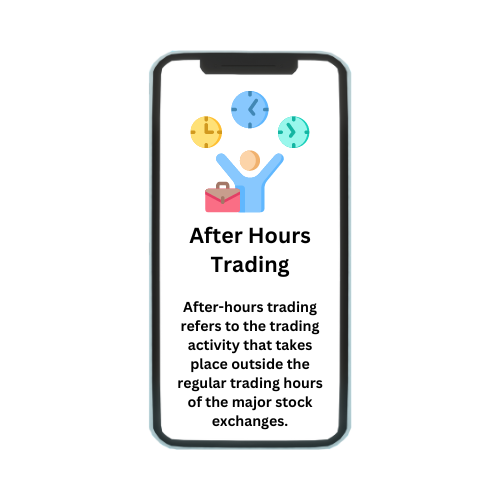An agreement to swap cash flow sequences for a predetermined amount of time is known as a swap. At least one of this series of cash flows is typically decided by a random or unknown variable at the time the contract is initiated, such as an interest rate, foreign exchange rate, equities price, or commodity price.
Conceptually, a swap could be compared to a collection of forward contracts or to holding long positions in one bond and short positions in another bond. The two most popular and fundamental forms of swaps—interest rate and currency swaps—will be covered in this article.
Swaps are not exchange-traded instruments, in contrast to most standardized options and futures contracts. Swaps, on the other hand, are specialized contracts that are traded between individuals in the over the counter (OTC) market. Few (if any) people ever participate in the swaps market, which is dominated by businesses and financial organizations. The danger of a counterparty failing on the swap always exists because swaps take place on the OTC market.
Between IBM and the World Bank, the first interest rate exchange took place in 1981.
However, swaps have had a meteoric rise in popularity despite being relatively new. According to data provided by the International Swaps and Derivatives Association, the swaps market had a notional value of $865.6 billion in 1987.
The two main reasons for employing swap contracts are commercial requirements and comparative advantage. Certain sorts of interest rate or currency exposures are caused by some companies’ regular business operations, which swaps might reduce. Consider a bank as an illustration, which charges a variable rate of interest on deposits (also known as liabilities) and a fixed rate of interest on loans (e.g., assets).
The imbalance between assets and liabilities might lead to serious problems. The bank may change its fixed-rate assets into floating-rate assets through a fixed-pay swap (pay a fixed rate and receive a floating rate), which would go nicely with its floating-rate liabilities.





